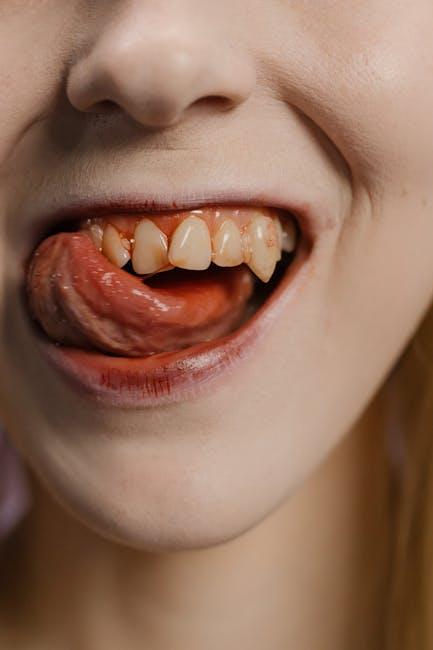
Does Medicaid Cover Dental? Orthodontics, Common Procedures & State Coverage
Dental care is a crucial aspect of overall health, yet many individuals are unsure about how their health insurance plans cover dental services. One common question is whether Medicaid covers dental treatments, especially orthodontics and common dental procedures. In this comprehensive guide, we’ll explore how Medicaid covers dental benefits, what procedures are included, how coverage varies across states, and practical tips to maximize your Medicaid dental benefits.
Understanding Medicaid Dental Coverage
Medicaid is a public health insurance program designed to assist low-income individuals and families. While Medicaid covers a broad spectrum of healthcare services, dental coverage is often limited and varies significantly from state to state.
Key points about Medicaid dental coverage:
- Mandatory dental coverage is limited to children under the Early and Periodic Screening, Diagnostic, and Treatment (EPSDT) benefit.
- For adults, dental benefits are optional and states decide whether to offer coverage and what procedures are included.
- Orthodontic care, such as braces, is usually not covered for adults but may be available for children when medically necessary.
Does Medicaid Cover Dental Procedures?
Medicaid coverage can include a variety of dental procedures, but what’s covered depends heavily on your state’s Medicaid program and whether you’re an adult or child.
Common Dental Procedures Covered by Medicaid
| Dental Procedure | Children’s Medicaid Coverage | Adult Medicaid Coverage |
|---|---|---|
| Dental Exams and X-rays | Yes (EPSDT benefit requires it) | Varies by state; often limited or not covered |
| Cleanings and Preventive Care | Yes | Varies, sometimes covered |
| Fillings | Yes | Often covered in some states |
| Extractions | Yes | Variable, some states cover |
| Root Canals | Yes, in many states | Typically not covered or limited |
| Orthodontics (Braces) | Covered if medically necessary | Usually not covered |
| Dentures and Crowns | Yes | Varies widely by state |
Orthodontics and Medicaid
Orthodontic treatment, such as braces, is a common concern among Medicaid beneficiaries. Generally, Medicaid only covers orthodontics for children when there is a documented medical necessity. This might include conditions such as cleft palate, severe malocclusion, or other dental issues that impact health or development.
For adults, orthodontics is almost never covered under Medicaid. If you or a family member needs braces or orthodontic treatment, you may need to seek other insurance options or payment plans.
State-by-State Medicaid Dental Coverage: What You Need to Know
Since Medicaid is administered by individual states, dental benefits vary widely. Some states offer comprehensive adult dental coverage, while others provide minimal or no dental benefits for adults. However, all states must cover dental care for children as part of the EPSDT benefit.
| State | Adult Medicaid Dental Coverage | Notes |
|---|---|---|
| California | Comprehensive | Covers preventive to major dental services |
| Texas | Limited | Focus on emergency dental services |
| New York | Comprehensive | Includes extensive adult dental benefits |
| Florida | No adult coverage | Only children covered |
| Ohio | Limited | Adult dental coverage with some restrictions |
Note: To get the most accurate and up-to-date dental coverage details, contact your state’s Medicaid office or check their website.
Benefits of Medicaid Dental Coverage
- Access to Preventive Care: Regular check-ups can prevent costly dental issues later.
- Financial Relief: Medicaid reduces or eliminates out-of-pocket costs for dental care.
- Improved Oral Health: Timely treatment of dental problems improves overall health and quality of life.
- Support for Children’s Growth: Orthodontic intervention can aid children’s development when medically necessary.
Practical Tips for Maximizing Medicaid Dental Benefits
- Verify Coverage Early: Contact your Medicaid plan or state Medicaid office to learn about dental benefits before scheduling procedures.
- Find Participating Dentists: Use your state’s Medicaid provider directory to find dentists who accept Medicaid.
- Understand Authorization Rules: Some dental services require prior approval or authorization.
- Keep Up with Preventive Care: Regular cleanings and check-ups help avoid more complex dental issues.
- Explore Supplementary Plans: Supplement Medicaid with dental discount plans or private dental insurance if additional coverage is needed.
Case Study: How Medicaid Helped Sarah With Orthodontics
Sarah, a mother of two from Ohio, noticed her 10-year-old son had a severe overbite affecting his speech and eating. After a dental evaluation, the Medicaid plan approved orthodontic treatment as medically necessary.
Thanks to Medicaid’s coverage, Sarah’s son received braces at no cost, improving his oral health and confidence. This access made a significant difference in their family’s well-being without financial strain.
Conclusion
Does Medicaid cover dental? The answer depends upon the beneficiary’s age, state of residence, and specific Medicaid plan. While all states provide comprehensive dental coverage for children, adult dental benefits are optional and vary widely.
Medicaid may cover preventive, restorative, and sometimes orthodontic services, especially when medically necessary. To maximize your dental benefits, it’s important to understand your state’s rules and access providers within your Medicaid network.
Maintaining good dental health is vital for overall wellness, and Medicaid can be a valuable resource for dental care when you know how to navigate its coverage.
For more detailed information about Medicaid dental benefits in your state, visit your state’s Medicaid website or HealthInsurance.org.


